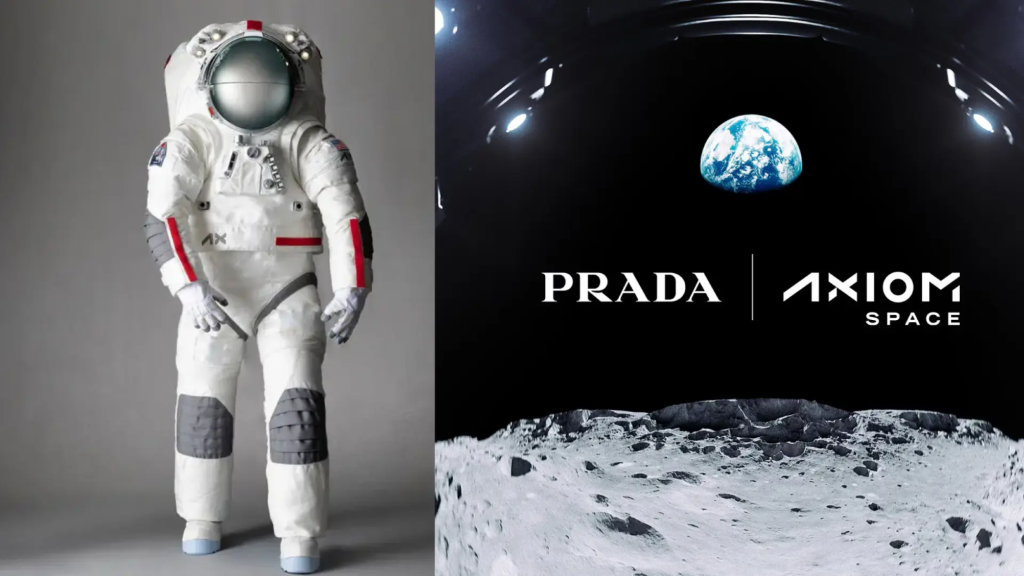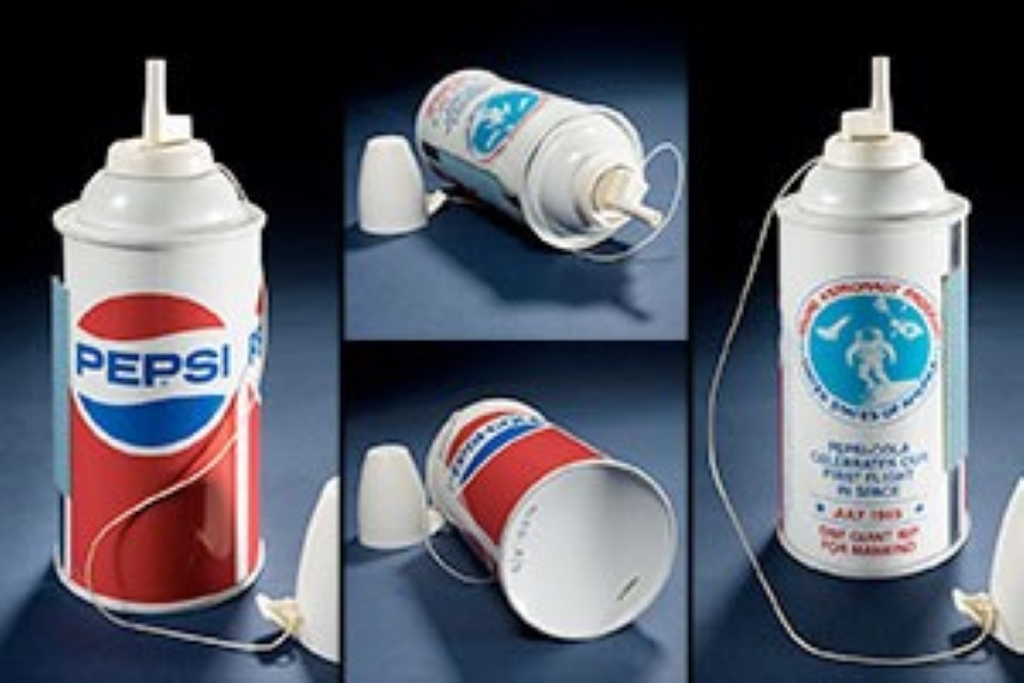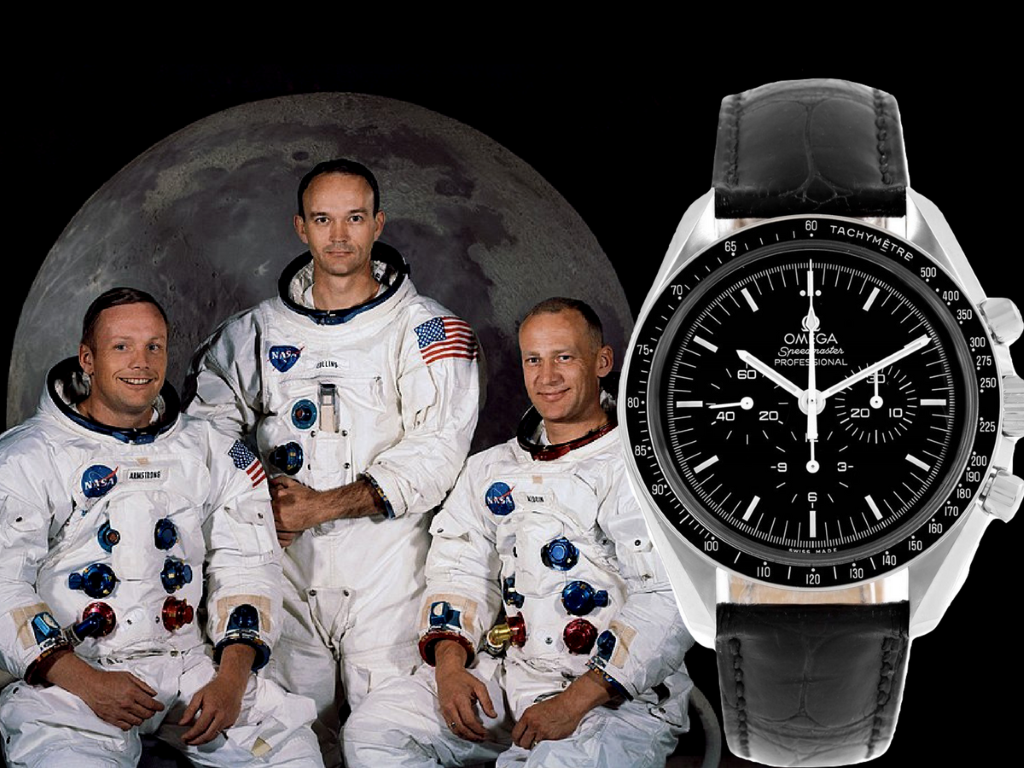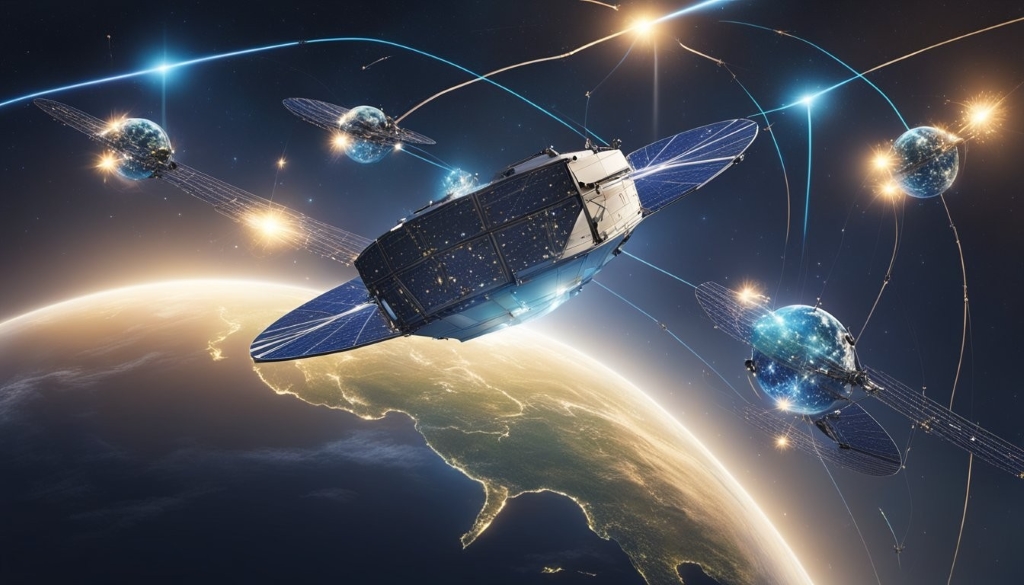Interstellar Brand Ambassadors: Marketing in the Final Frontier

The future of marketing is poised to transcend the boundaries of Earth, venturing into the uncharted territories of space. With commercial space tourism no longer a far-fetched idea but a burgeoning industry, the concept of interstellar brand ambassadors promoting products and services in space stations or off-Earth colonies is not just science fiction—it’s a plausible evolution of advertising. As companies like SpaceX, Blue Origin, and Virgin Galactic lead the charge into space tourism, marketing strategies will need to adapt to this new frontier.
The Emergence of Space Tourism
Space tourism is projected to become a $14 billion industry by 2030, with an increasing number of individuals experiencing zero gravity, viewing Earth from orbit, and even planning extended stays in space habitats. The International Space Station (ISS) has already hosted private astronauts, and plans for commercial space stations, such as Axiom Space's station and Orbital Reef, suggest that human activity beyond Earth is set to expand significantly.
In this context, brands will look to engage with a unique audience—wealthy tourists, astronauts, and eventually settlers—ushering in a new era of marketing. But what will this look like?
The Role of Interstellar Brand Ambassadors
Interstellar brand ambassadors could serve as the face of Earthly products in an extraterrestrial setting. Much like traditional ambassadors, they would personify the brand’s values and showcase how its products enhance the unique experiences of living and working in space.
1. Showcasing Functionality in Zero Gravity
Brands will need to tailor products to space environments, where conditions like microgravity, radiation, and resource scarcity pose unique challenges. Interstellar ambassadors could demonstrate the efficacy of specialized products—think gravity-resistant beverages, compact and nutritious meals, or lightweight clothing designed for space.
For instance, imagine an ambassador promoting a gravity-proof coffee cup aboard a commercial space station, showing how it makes sipping coffee in zero gravity as seamless as on Earth. Companies like Lavazza and SpaceX have already collaborated to send espresso machines to space, paving the way for such innovations.
2. Pioneering Sustainable Practices
Sustainability will be paramount for space colonies, and brands can position themselves as pioneers of closed-loop systems and resource-efficient technologies. Ambassadors could showcase innovations like water recycling systems, renewable energy solutions, or biodegradable packaging in space habitats.
An example would be an ambassador promoting a solar-powered gadget designed for Mars colonists, tying the brand to sustainability and futuristic innovation.
3. Promoting Spacewear Fashion
As space tourism grows, fashion brands might design specialized clothing for the space environment. Interstellar ambassadors could model collections of stylish yet functional spacewear, blending technology and aesthetics.
Brands like Prada, which collaborated with NASA for lunar spacesuits, are already exploring this direction. Ambassadors could elevate this collaboration by showcasing these suits in spacewalks or on social media.

Marketing Challenges Beyond Earth
1. Communication Delays and Bandwidth Limitations
With current technology, communication delays between Earth and distant space locations like Mars could range from 3 to 22 minutes. This will necessitate pre-recorded campaigns or autonomous marketing strategies executed by AI.
2. Cultural and Ethical Considerations
Space is a universal domain. Commercial activities must respect international space law, which emphasizes peaceful and cooperative use. Marketing messages should align with these principles to avoid backlash.
3. Logistical Constraints
Transporting promotional materials or samples to space is costly. Every kilogram sent to space costs thousands of dollars, compelling brands to focus on lightweight, high-impact items.
Real-World Examples and Potential Collaborations
Coca-Cola and Pepsi's Space Race
In the 1980s, Coca-Cola and Pepsi made early forays into space branding by designing cans that could dispense soda in zero gravity. Although these attempts were rudimentary, they highlight the potential for product placement in space.

Omega Watches and NASA
Omega Speedmaster watches, worn by Apollo astronauts, became iconic due to their association with space exploration. Modern ambassadors could replicate such success by integrating their products into space missions, creating aspirational value for consumers on Earth.

SpaceX and Starlink
SpaceX's Starlink project aims to provide internet connectivity in space. Ambassadors could promote these services, showcasing seamless communication between Earth and space—a vital requirement for future colonies.

The Benefits of Interstellar Marketing
1. Enhanced Brand Prestige
Brands associated with space exploration will gain a reputation for innovation, leadership, and forward-thinking. Consumers on Earth will perceive these companies as pioneers of the next frontier.
2. Global and Galactic Reach
Interstellar ambassadors can simultaneously target affluent space tourists and Earth-based audiences. Livestreaming events from space could captivate millions, creating a dual-market strategy.
3. Driving Product Innovation
The challenges of space environments will push brands to innovate, resulting in cutting-edge products that benefit both extraterrestrial and terrestrial consumers.
A Look Into the Future
By 2050, humanity may witness advertisements streamed live from lunar colonies or Martian settlements, featuring interstellar brand ambassadors navigating futuristic living conditions. Influencers could capture and share their experiences on platforms like Earth-based social media or space-specific networks, creating an entirely new content ecosystem.

While the concept may seem far-fetched today, the rapid pace of advancements in space exploration suggests that marketing beyond Earth is closer than we think. By preparing for this new frontier, brands can cement their legacy not just on Earth but across the cosmos.
The future of marketing is, quite literally, out of this world.
- What do a well-balanced diet and a well-balanced content strategy have in common?
- Stories are the future of digital marketing
- Organic Content Marketing – A powerful tool to reckon with
- Content is King, but distribution rules the land. Are you invested in it?
- Three Content Marketing Predictions For 2018
- 3 Ways Chatbots Are Revolutionizing Customer Experience In Content Marketing
- 3 ways to balance promotional content with useful information to win the content game
- Organic Content Marketing – A powerful tool to reckon with
- What do a well-balanced diet and a well-balanced content strategy have in common?
- Mirror on the wall who is the real thought leader among all
- Do you have your CEO’s vote for your thought leadership campaign yet
- Pretty pictures and messages not enought to creat a brand anymore
- 5 reasons why you need Thought Leadership
- 3 reasons why organisations should drive reputation management through thought leadership
- Create Result-oriented Content Now
- Tips to Keep the Content Strategy for the Technology Industry Audience
- 5 ways Corporate Blogging helps you stay ahead!